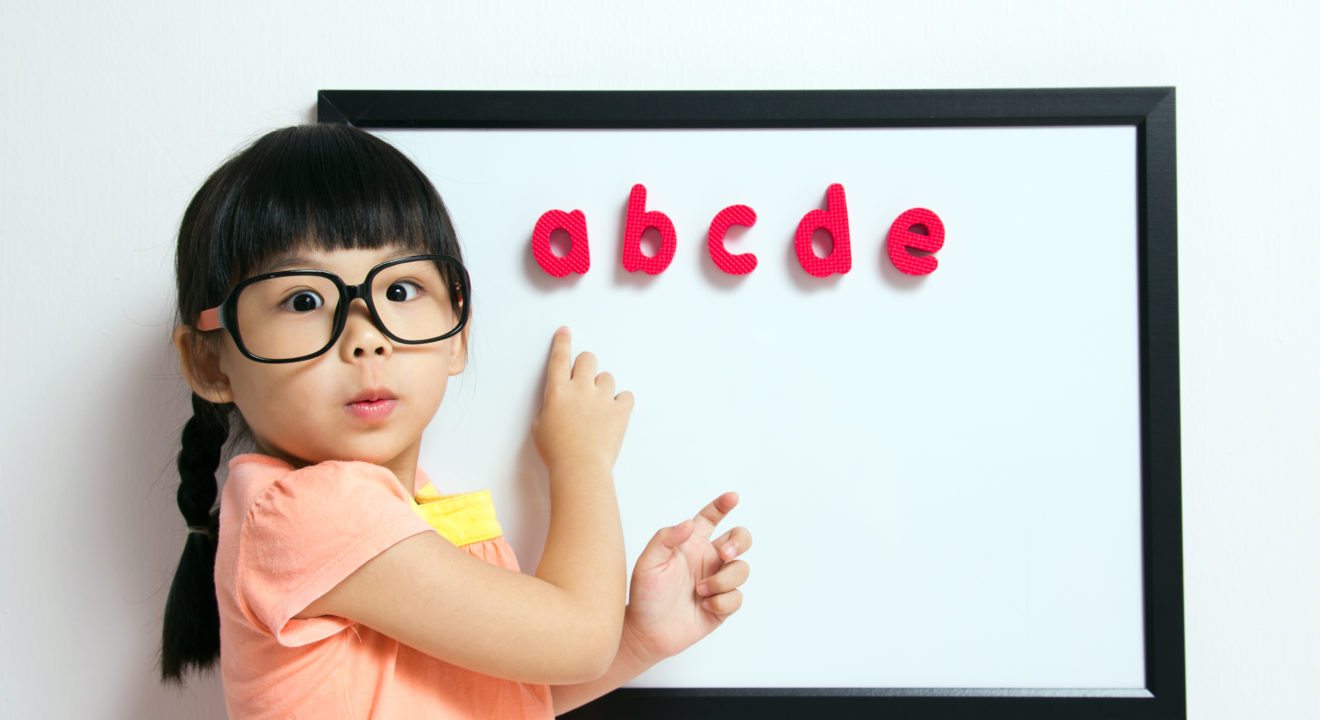Relationships October 25, 2016


Years ago, when someone heard the word “teacher,” the image most frequently conjured was one of a stern-looking woman with a chalkboard and an apple neatly placed on her desk. But as we climb further and further into the 21st century, many different methods of teaching have emerged, spurring enthusiastic instructors and mile-long waiting lists.
Time’s are a-changin’ and the education system is no exception. Here are four different teaching styles of the present.
By definition, a charter school is a school that receives government funding but operates independently from the public school system in its immediate area. These schools are open to all children, are free and don’t have any special entrance requirements.
“The core of the charter school model is the belief that public schools should be help accountable for student learning,” says the Public Charters website. “In exchange for this accountability, school leaders should be given freedom to do whatever it takes to help students achieve.” Because they aren’t restricted by public school curriculum, teachers can be more innovative and creative with their teaching and they have a say in which subject matter to focus on first. They can change the materials taught in order to meet students’ needs.
In fact, charter schools are some of the top-performing schools in the country. According to U.S. News, some of the best charter high schools in the nation include BASIS Scottsdale, Nova Classical Academy Upper School and KIPP Academy Charter School.
Magnet schools first came to fruition during the initial racial desegregation of schools. These schools are part of the local public school system but what makes them unique is that they usually have special curricular focus. For instance, one magnet school may especially focus on STEM subjects while another might focus on the fine arts. Subsequently, magnet school teachers are extremely experienced in the school’s particular area of study, unlike public school teachers, who are more well-rounded in multiple subjects.
Similar to charter schools, magnet schools also have alternative modes of instruction. Montessori magnet schools, for example, are “based on a model of education that views children as naturally curious and eager to learn,” says Public School Review. Children are active members of the learning process and they are trusted to make their own decisions about their education. Rather than having subjects dictated to them, “Montessori [stresses] the need to see that children think and learn differently from adults,” writes the Montessori Magnet website.
The name says it all: Art schools are where more creatively-driven children can pursue their artistic area of choice while still receiving a basic education. The teaching style at an art school all depends on what subject you’ll be teaching and the curriculum of the class is left largely for the teacher to design and tailor to the individual students.
And not only is the curriculum student-oriented, the Scholastic website also points out that students exposed to more performing arts “tend to have enhanced cognitive, motor and social development.” Because the arts provide challenges to students of all levels, they are given the opportunity to become self-directed learners. Also, arts students can connect better with each other. According to the Katy Independent School District, this “often results in fewer fights, greater understanding of diversity and greater peer support.”
A rural school is just that: a school located in a very rural and sparsely populated area, often in a country setting. According to the NEA, rural schools are often the biggest employers in the area, which means town citizens typically rely on these systems. A rural school teacher will take on more responsibility than the average instructor, because he or she has to be involved with the community and has to be prepared to teach any age group or subject.
With these new techniques, schools now have the opportunity to focus on students’ needs. Whether it’s a magnet school or an art school, many of the curriculums are more creative in order to allow young men and women to grow and learn at their own pace.